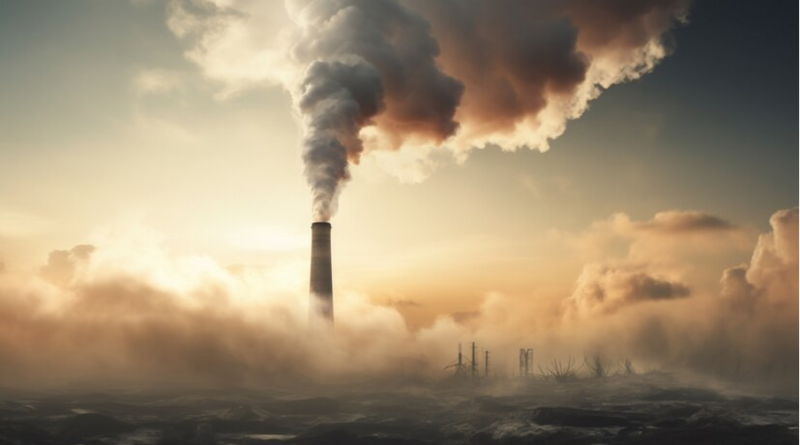How do you reduce air pollution from factory operations?
Hundreds of industrial facilities are involved in producing billions of consumer goods. Even though these items are beneficial, the environment and our health are severely harmed during manufacture.
Because of this, one of the most hotly debated issues of the past sixty years has been how to reduce air pollution.
This content will discuss how industrial facilities, such as factories, can reduce air pollution and eliminate harmful chemicals before they can enter the atmosphere.
What is Industrial air pollution?
When dangerous materials are released into the atmosphere due to industries, mines, and vehicles, it is known as industrial air pollution.
In addition to decreasing lung function and causing cancer, these pollutants can lead to respiratory illnesses like asthma. Additionally, they may damage the ecosystem, contributing to issues like acid rain and climate change.
Sulfur dioxide, nitrogen oxides, particulate matter, and other hazardous substances are just a few of the many air pollutants industrial facilities release.
Here Are Many Ways to Reduce Air Pollution:
Regenerative & Recuperative Thermal Oxidizer
Regenerative thermal oxidizers, or RTOs, use high temperatures to eliminate contaminants before releasing them into the environment.
When feasible, the abatement process. Which uses a network of highly efficient heat exchangers uses the energy of the actual industrial operation.
Heavy-duty steel heat exchangers and high temperatures are the key components of recuperative thermal oxidizers, or TOs, which eliminate volatile organic compounds (VOCs) before they enter the atmosphere.
Maximizing the factory’s processes
Factories that operate greener and more energy-efficient tend to produce less pollution overall.
Businesses can reduce the overall emissions from their facility by optimizing key aspects of their business to conserve energy.
Applying sustainable practices reduces pollution and often leads to cost savings and enhanced efficiency for businesses in the long run.
Constructing Factories Remote From People
Preserving critical ecosystems from harm’s path is the best strategy to reduce pollution in them in the first place. It is crucial to consider both the site’s potential impact on the surrounding environment and its location when developing new industrial sites.
Topography and climate have a big impact on how pollutants spread; therefore, these are important aspects to consider.
Steel Importance in Factories Construction
Steel is a versatile, fire-resistant, and recyclable material used in manufacturing, roofing, and wall cladding, contributing to sustainable building practices and reducing Industrial construction time and costs.
Suppose you are searching for high-quality steel in Winston-Salem, North Carolina. Take your time and access the online commercial steel structure winston-salem nc; they provide high-quality steel in no time.
Factory Waste Analysis
Industrial waste contributes to pollution. By analyzing garbage, factories can identify waste categories like food, chemicals, glass, and paper. Improving processes through equipment increase, inventory reorganization, and recycling systems is easier once waste generation is identified. This Analysis makes the environment clean.
Advanced Chimney Structure
By pushing emissions higher into the atmosphere from various sources, such as industrial plants or home heating, chimneys help reduce air pollution.
Dispersing contaminants across a larger area lessens their immediate effect on the local air quality.
Furthermore, reducing pollution is the ability of chimneys fitted with filters or scrubbers to trap toxic particles or gasses prior to their discharge.
Suppose you want to repair or rebuild a chimney for your industry in Portland, Oregon. Visit chimney repair portland or: their experienced chimney technicians, who will operate your chimney safely in no time.
